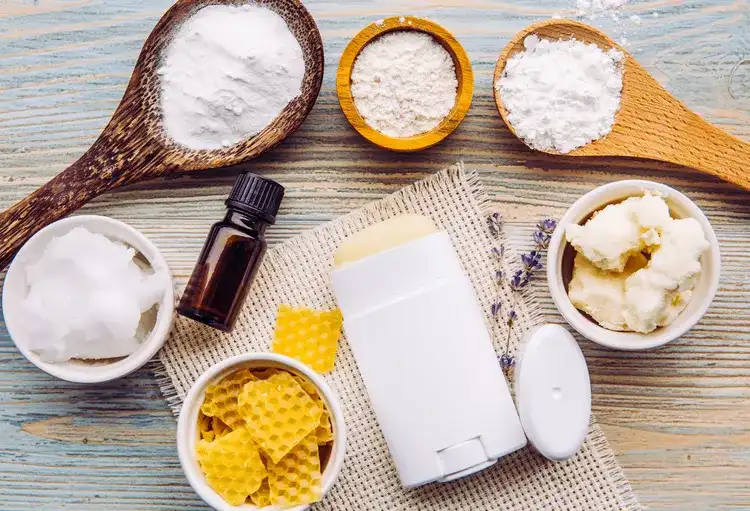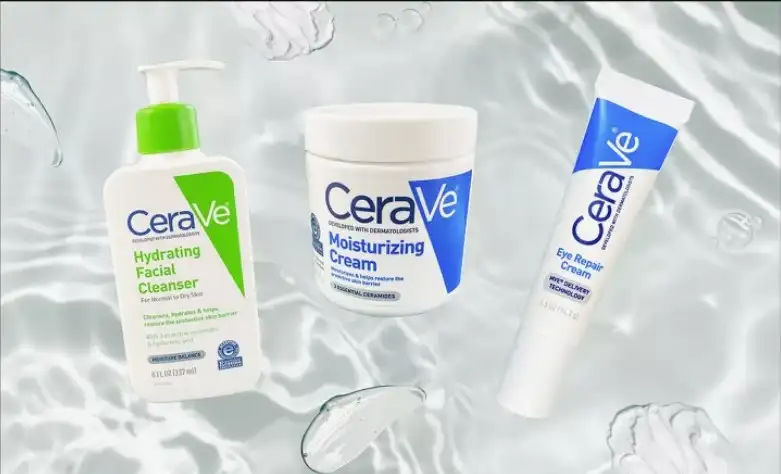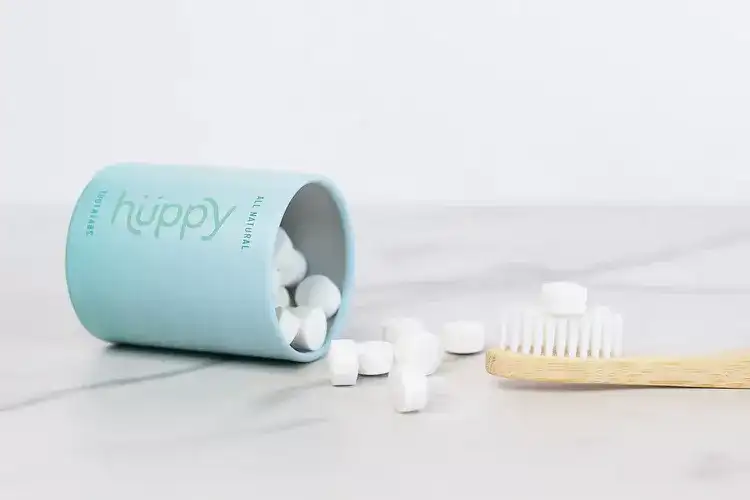If you’re looking to reduce plastic waste in your daily routine, your shaving habits are an easy place to start. With billions of disposable razors ending up in landfills each year, making the switch to a plastic-free or reusable razor not only helps the environment, but can also give you a smoother, healthier shave. Here’s everything you need to know about sustainable shaving what to buy, how to recycle blades, and smart swaps for traditional shaving products.
Why Plastic Razors Are a Problem
Disposable razors and razor heads are typically made of mixed materials metal, plastic, and rubber that are tough to recycle and dangerous for workers to handle. Most get tossed after just a handful of shaves, where they can linger in landfills for hundreds of years. The short lifespan and wasteful design make disposable razors one of the least sustainable items in the bathroom.
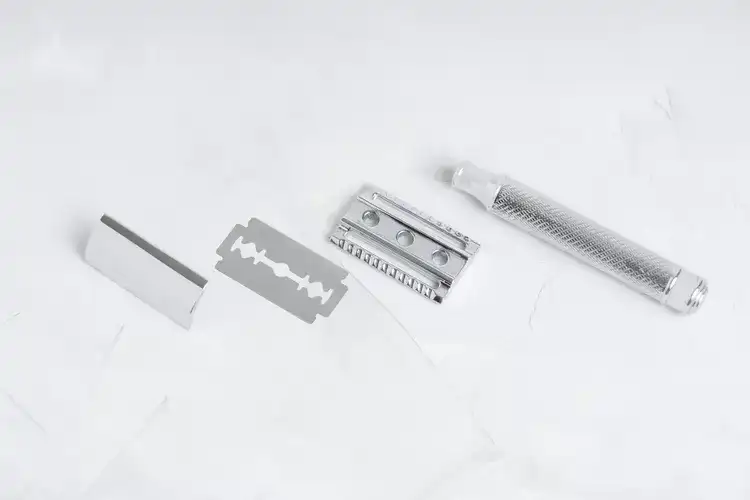
Single-Blade vs. Multiblade Razors: Which Is Better?
Multiblade disposable razors are popular for their promise of a close shave, but more blades often mean more friction, more irritation, and higher waste. Single-blade razors either straight or safety razors cut hair right at the surface of the skin. This can actually mean less razor burn and fewer ingrown hairs, all while creating less environmental impact since only a single blade needs replacing, not an entire head or cartridge.
Safety Razors vs. Straight Razors
Safety razors use a protective guard to prevent nicks and cuts, relying on their own weight for a close shave. Straight razors are the classic “barber’s blade,” folding into a handle and requiring more skill and care. Both options are long-lasting, can be recycled (at least the steel components), and produce little to no plastic waste.
Choosing a Truly Plastic-Free Razor
Look for razors made from stainless steel, chrome, or even bamboo handles paired with steel heads. Metal razors can last decades (or longer) with proper care. Although bamboo and wood are renewable, they can degrade quickly in damp conditions and are harder to recycle, especially if coated or glued. The most eco-friendly option is a solid metal safety razor that will outlast hundreds of disposable plastic ones.
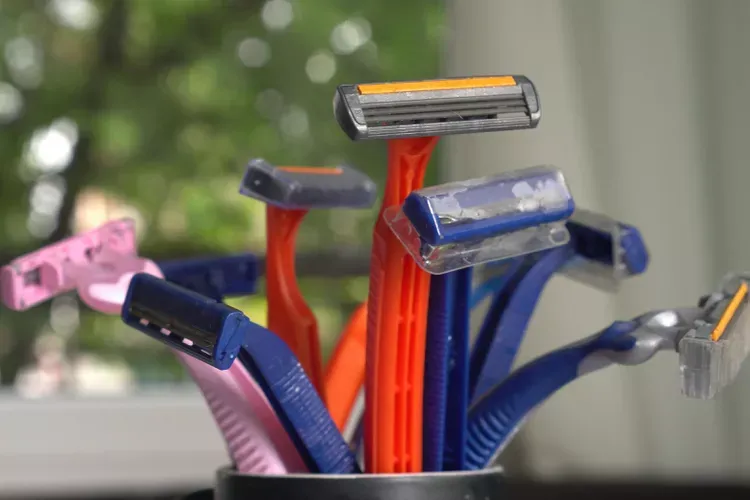
How to Recycle Razors and Blades
While plastic razors are not accepted in most curbside recycling programs, there are solutions for recycling steel blades:
- Use a sharps container or “blade bank” to safely collect used blades.
- Check with brands like Leaf Shave, Albatross Designs, or TerraCycle for take-back programs.
- If your local recycling accepts metals, call first to confirm they’ll take razor blades and always store blades safely for drop-off.
More Sustainable Shaving Swaps
Reducing the waste from shaving isn’t just about the razor. Try these tips to make your routine even greener:
- Store your razor outside the shower to prevent rust and extend its life.
- If rust appears, make a paste of baking soda and water, apply for an hour, then scrub off with steel wool.
- Replace canned foams and gels with shaving soap bars or creams in recyclable packaging.
- Look for natural shaving products free of harsh chemicals, artificial fragrances, or unnecessary additives. Use resources like the Environmental Working Group’s database to check ingredients.
- Commit to recycling purchase a mail-back envelope from TerraCycle if curbside isn’t available.
- Consider making your own shaving cream with shea butter, coconut oil, and essential oils to skip packaging altogether.
Common Questions About Eco-Friendly Shaving
Is a safety razor really more sustainable? Yes, because you only replace and recycle the small steel blade, rather than an entire plastic handle or cartridge. With proper care, a single safety razor can last a lifetime.
Can you go zero-waste with shaving? Absolutely. If you recycle your blades and use plastic-free products, you can keep nearly all your shaving waste out of the landfill.
Are there natural shaving creams? Yes, you can buy or make shaving creams with simple, plant-based ingredients, skipping the synthetic chemicals and the plastic packaging.
Sustainable shaving doesn’t have to be complicated or expensive. By choosing the right razor, recycling responsibly, and making smart product swaps, you can care for your skin and the planet every time you shave.

